The world has changed quite a bit over the last 120 years. Even many buildings that were constructed only a century ago look vastly different than when they were first unveiled. But if you’re a 20th century architecture enthusiast, today is your lucky day, because below, we’ve gathered some of our favorite pics from the Old Architecture Facebook page.
From massive Brutalist buildings to stunning ski resorts, these photos will give you a blast from the past and some insight into the minds of the architects of the time. Enjoy this gorgeous eye candy, and be sure to upvote the buildings you’d like to see in person!
#1 Louis Kahn - Library, Phillips Exeter Academy, Exeter, New Hampshire, USA, 1965-71
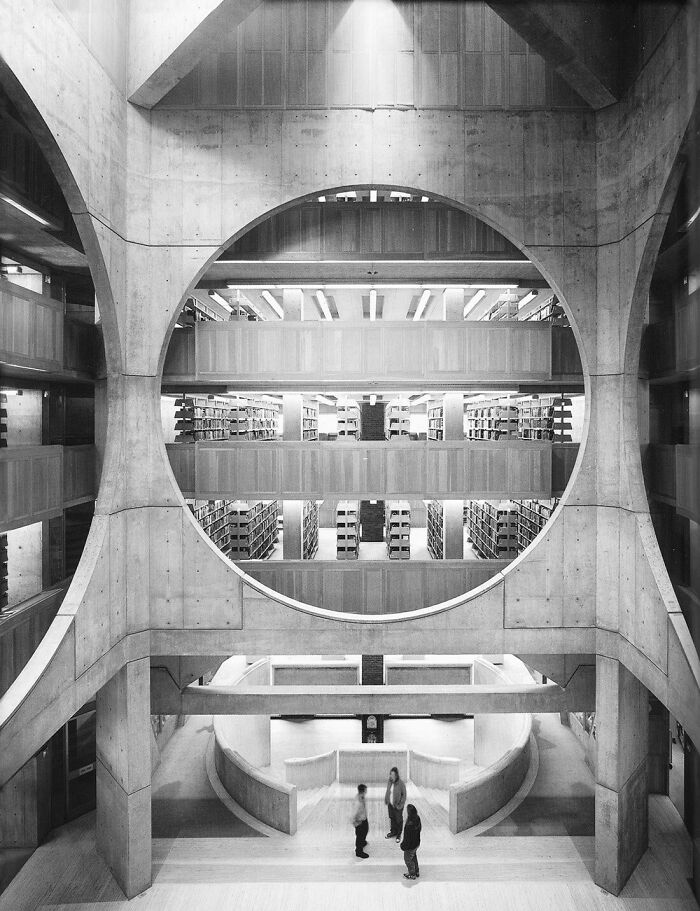
Image credits: OLD ARCHITECTURE
#2 Terminal 5, Eero Saarinen, 1962 | New York
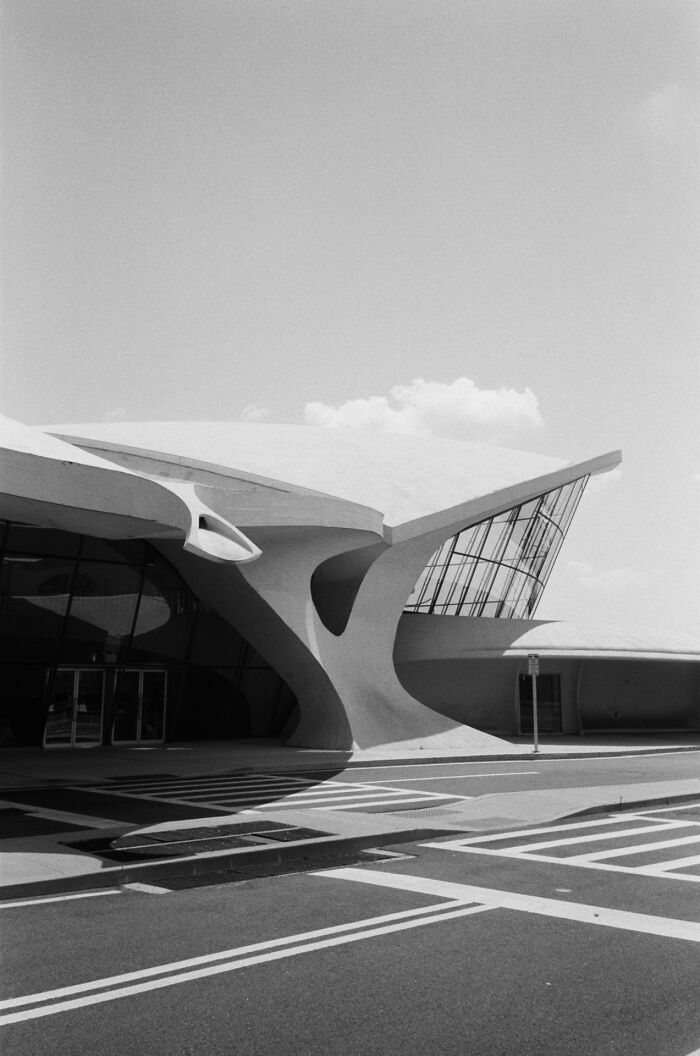
Image credits: OLD ARCHITECTURE
#3 Johnson Wax Hq , Frank Lloyd Wright
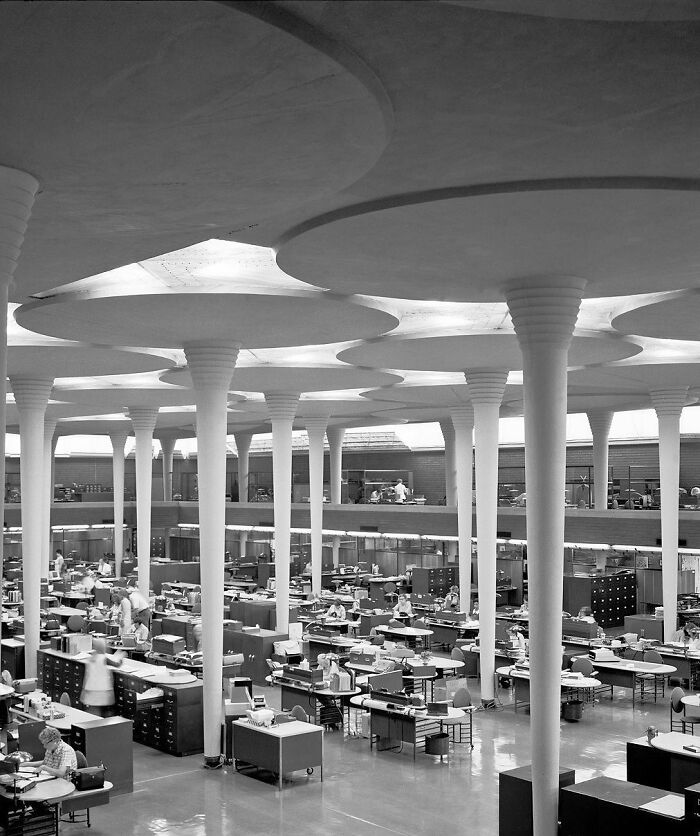
Image credits: OLD ARCHITECTURE
The Old Architecture Facebook page is dedicated to all of the most stunning buildings that were created in the 20th century. And if you’re not an avid architecture enthusiast, have no fear, the pics are beautiful enough for anyone to appreciate them. This page has amassed an impressive 67k followers since its creation in 2012, and it has managed to find gorgeous photos of the world’s most captivating buildings. But if you’re interested in more than just photos, we’ll discuss 20th century architecture a bit to give you a greater understanding of how these buildings came to be.
Now, the architecture of any given time can vary greatly based on location and the architect in question, but one thought held by Italian architect Bruno Zevi (1918-2000) was that, “Architecture does not derive from a sum of lengths, widths and heights of the constructive elements that envelop the space, but emanates from the void itself, from the enveloped space, from the interior space, in which men die and live.” The 20th century gave birth to many architectural styles and trends that were “largely characterized by the search for functionality and the importance of interior space, to the detriment of the ornamental work of the facade,” STACBOND explains on their site.
#4 Sculptured House, Colorado, USA, Built: 1963 Architect: Charles Deaton
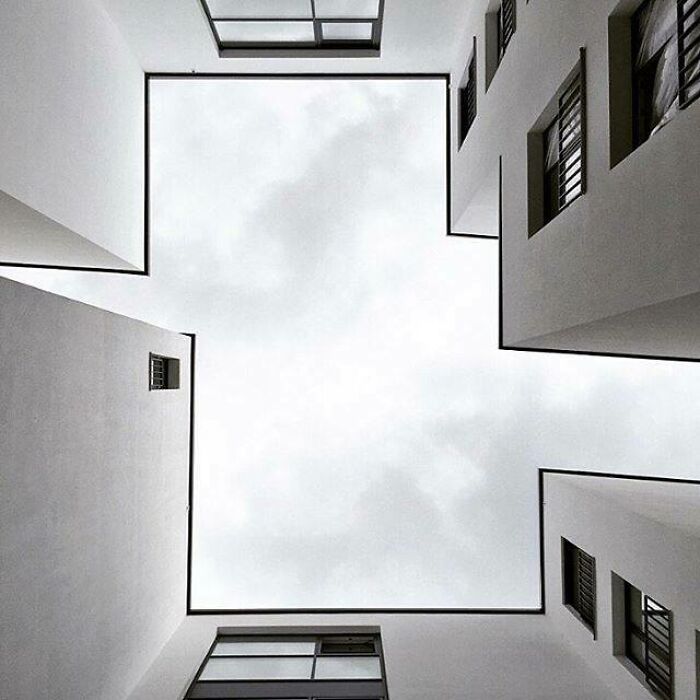
Image credits: OLD ARCHITECTURE
#5 Gas Station, Ogre, Latvia, 1965

Image credits: OLD ARCHITECTURE
#6 La Baule - "L'immeuble En Vague" (The Wave Building), Resort Of La Baule, Brittany, France Built In The 1970-S By Pierre Doucet. (C)etienne Gérard
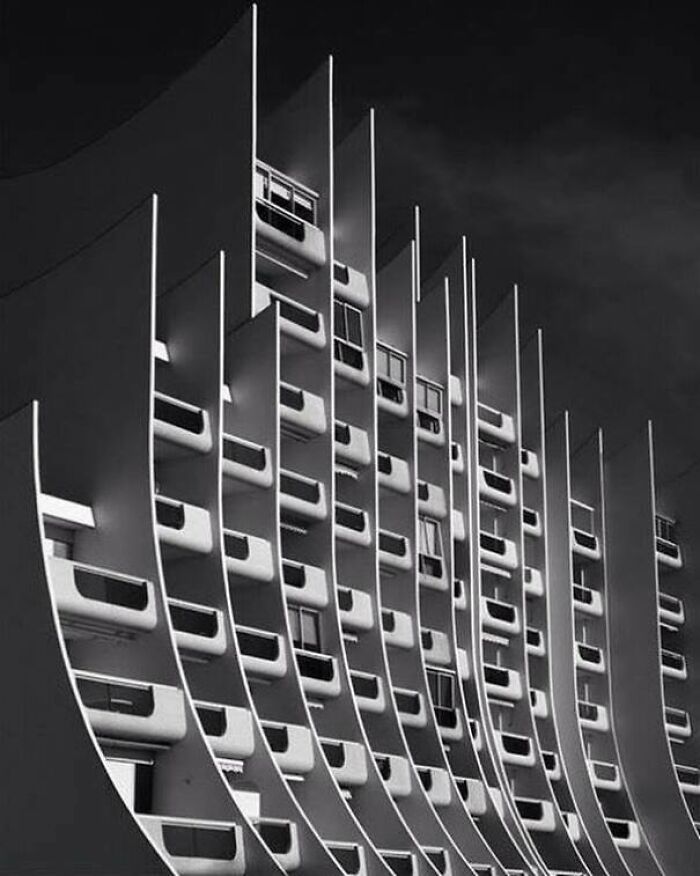
Image credits: OLD ARCHITECTURE
In contrast to the Cast-iron architecture of the previous century, modernist architecture emerged in the 1900s, presenting deeply decorative trends with many rounded shapes. “This type of architecture seeks to break the monotony of the lines of the facade through the asymmetry and the curved and free forms,” STACBOND explains. “The most commonly used materials are steel, wrought iron and glass, typical elements of industrial-type architecture, but used in combination with the forms of nature and a revaluation of craftsmanship.”
Particularly in Spain, the modernist school gained lots of traction in Catalonia, with Antoni Gaudí popularizing it. Some of his most famous works include Casa Batlló, Casa Milá, Colonia Güell Church, and Sagrada Família, whose creative designs feature curved lines, a variety of mosaics, polychrome and stucco.
“The complex geometries of a Gaudí building so coincide with its architectural structure that the whole, including its surface, gives the appearance of being a natural object in complete conformity with nature’s laws,” Britannica explains. “Such a sense of total unity also informed the life of Gaudí; his personal and professional lives were one, and his collected comments about the art of building are essentially aphorisms about the art of living. He was totally dedicated to architecture, which for him was a totality of many arts.”
#7 Szépvölgyi Street 88.b, Budapest, Built In 1933-1934, By Fischer József Photographer Unknown
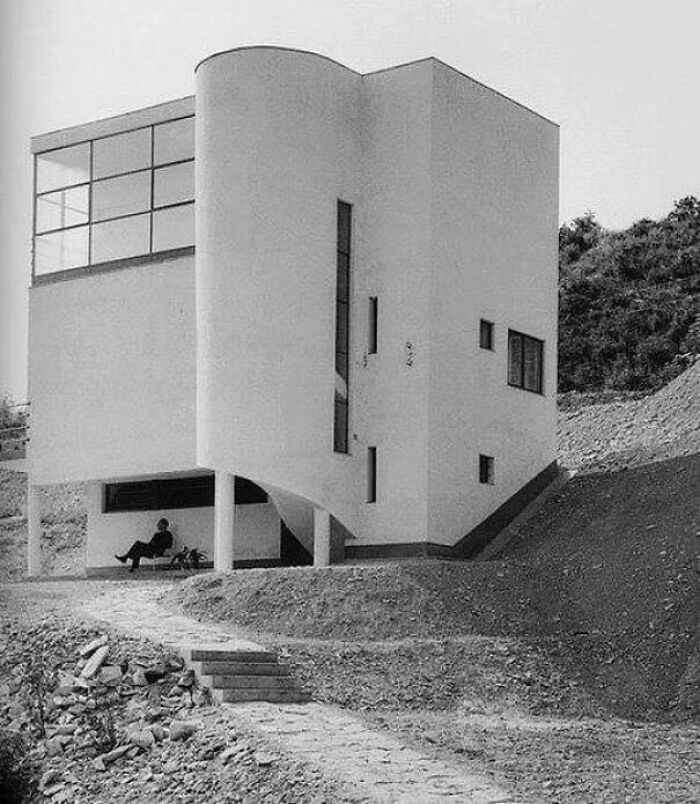
Image credits: OLD ARCHITECTURE
#8 Marin County Civic Center, Frank Lloyd Wright, 1960
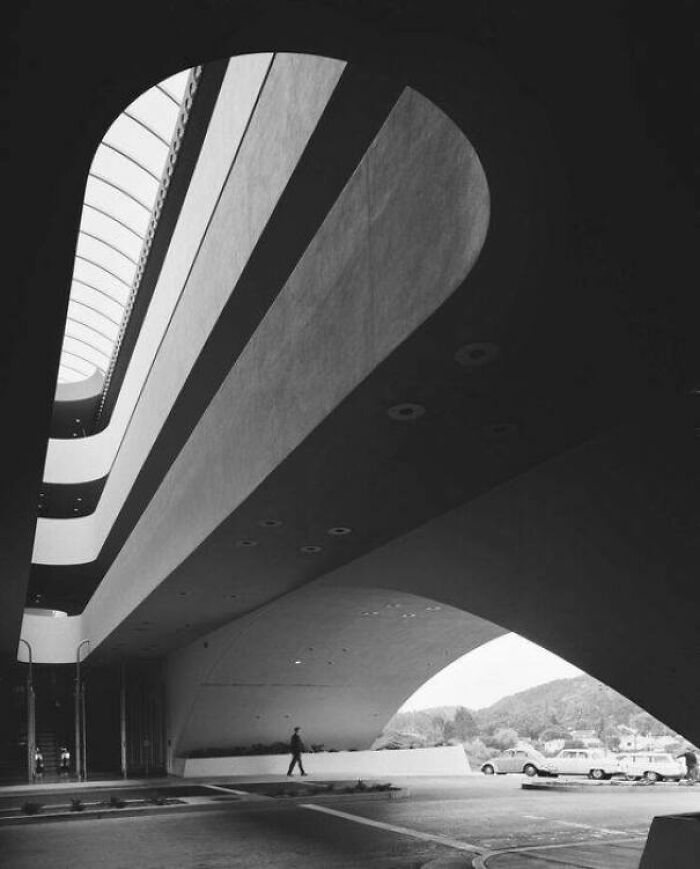
Image credits: OLD ARCHITECTURE
#9 Les Choux De Créteil, Creitel, France, built Between 1969-74, architect Gérard Grandval. (C) B.a.c.u./ 2015 Dumitru Rusu
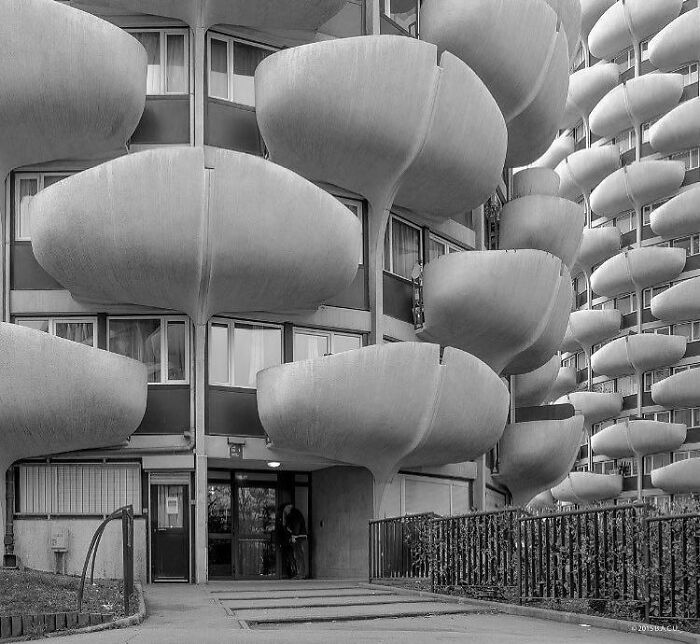
Image credits: OLD ARCHITECTURE
Following the decline of Art Nouveau during the inter-war period of the 1900s, the Art Deco or Hollywood style became increasingly popular. Contrary to Soviet constructivism, which was simultaneously gaining popularity, Art Deco is a “decorative and eclectic style,” STACBOND writes. “The use of geometry is not dedicated to the straight line, but also to the usual use of curves, circles, polygons, etc. Aztec, Egyptian or Mesopotamian motifs also appear, as well as zigzag lines. Perhaps its greatest representative is the Chrysler building in New York, despite which there are numerous examples throughout the world and the style has transcended popular culture in the form of setting for video games, animation or films.”
#10 Karl Hugo Schmölz - Hauptbahnhof Köln, 1957
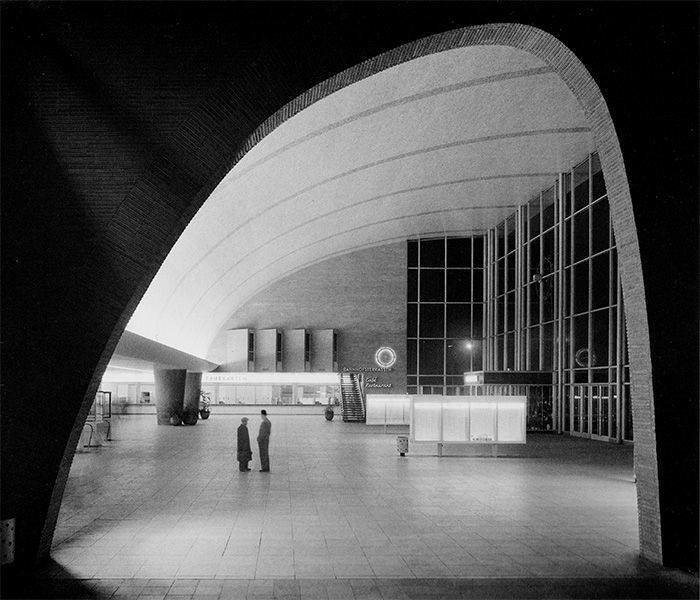
Image credits: OLD ARCHITECTURE
#11 Buckminster Fuller's Former United States Pavilion At Expo 67, Montréal, Québec. Photo: Robert Duchesnay
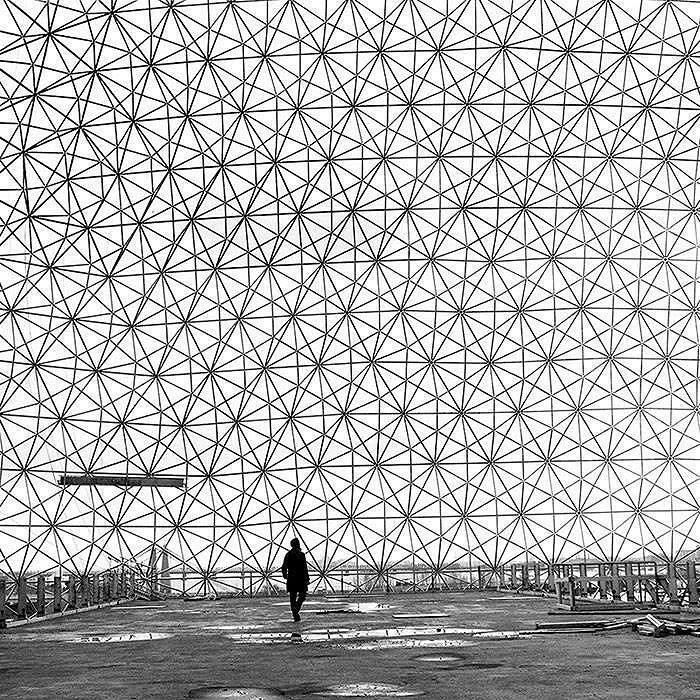
Image credits: OLD ARCHITECTURE
#12 Terrace House (1965) In Oslo, Norway, By Anne-Tinne & Mogens Friis
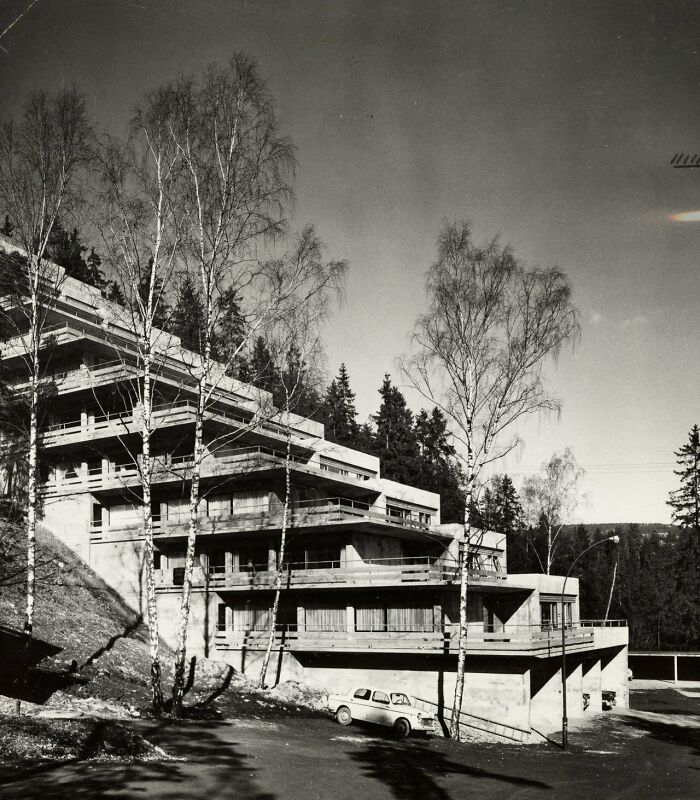
Image credits: OLD ARCHITECTURE
What is considered to be the primary architectural style of the 20th century, which is featured many times on this list, is Rationalism. Rationalism focused on constructing large housing blocks of simple, symmetrical geometric shapes, most often utilizing concrete. There are five main points that Rationalism includes: pilotis, free design of the ground plan, a free facade, the use of light through large horizontal windows, and terrace and roof gardens. The pilotis support the building and allow space for cars, without allowing commercial ground floors and basements, and having a free design of the ground plan “opens the possibility of modifying the uses and interior spaces, making them independent of the structure,” STACBOND explains.
#13 Paulo Mendes Da Rocha | Casa No Butantã, The Architect’s Own Home. Brasil, São Paulo, 1966
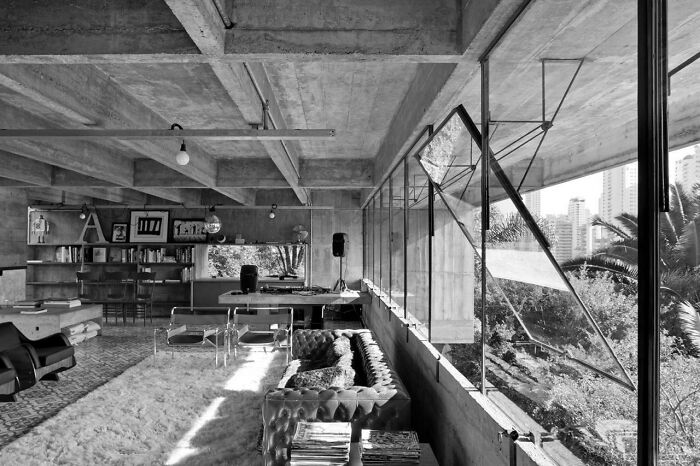
Image credits: OLD ARCHITECTURE
#14 Interior Of Maison Ozenfant By Le Corbusier
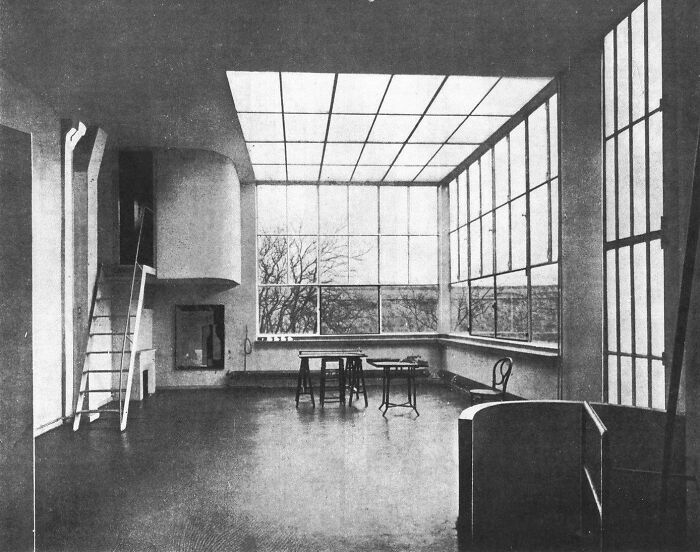
Image credits: OLD ARCHITECTURE
#15 Albert Frey's Canvas Weekend House, Long Island, 1934
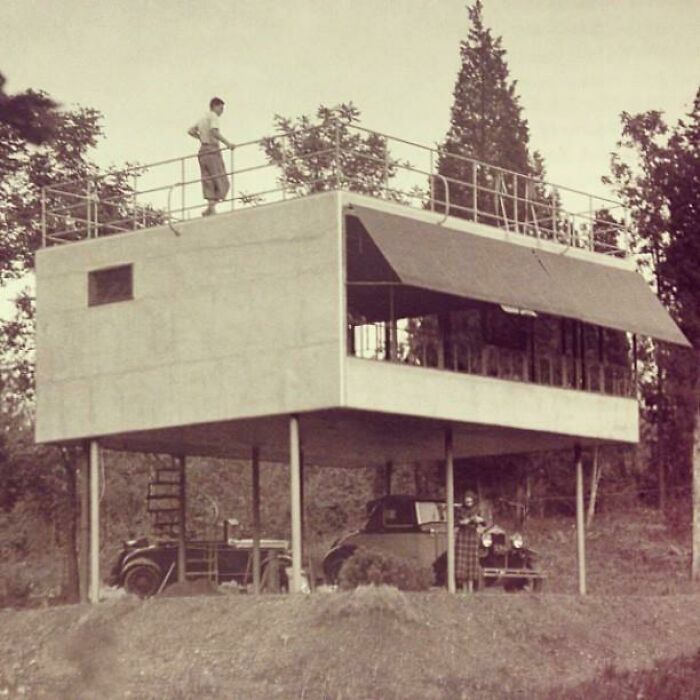
Image credits: OLD ARCHITECTURE
Having a free facade means that the building’s skin is mostly used for protection, rather than bearing any structural load. Large horizontal windows are also possible thanks to the loss of supporting walls by means of pillars and slabs. Ideally, light enters the whole room equally through these windows. And the terrace and roof gardens come in contrast to traditional, sloping roofs that buildings before had seen. “In this way, the terraces of the buildings become another element of the development that can be used for different purposes by the tenants,” STACBOND writes.
#16 Félix Candela - Capilla De La Medalla De La Virgen Milagrosa, Mexico City, 1953
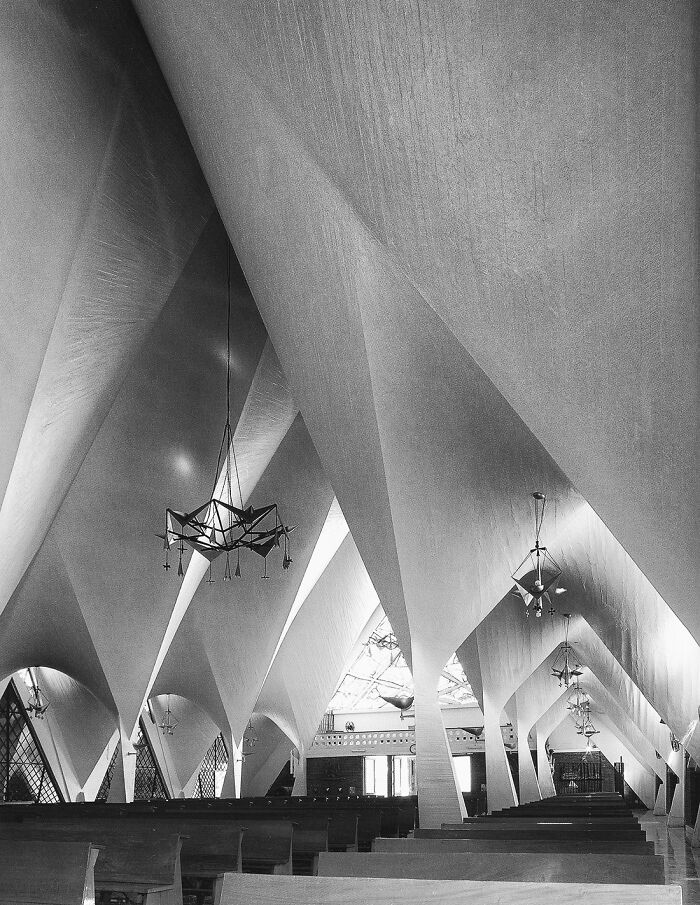
Image credits: OLD ARCHITECTURE
#17 Tsujiki District, Tokyo - Kenzo Tange, 1963
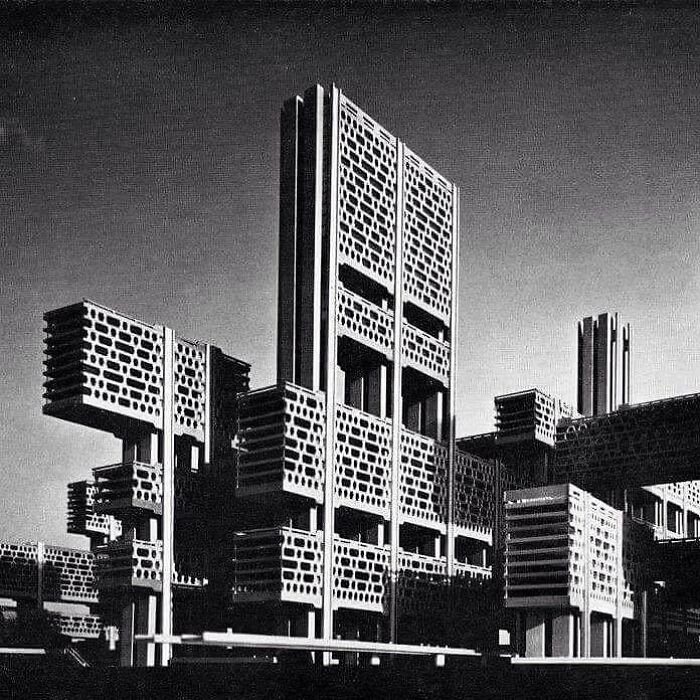
Image credits: OLD ARCHITECTURE
#18 Carl Fingerhuth's 'Concrete Hedgehog' Swiss Army Pavilion (1964)
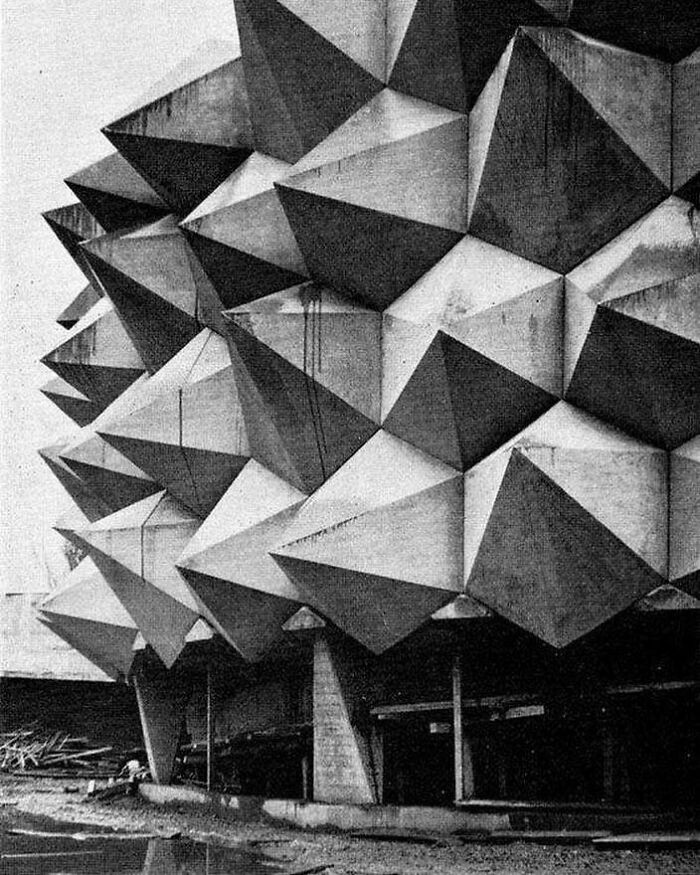
Image credits: OLD ARCHITECTURE
One facet of Rationalism that I’m sure we’re all familiar with is Brutalism. This Soviet-born style was incredibly common during the 1970s in Eastern Europe and Anglo-Saxon countries. Concrete and steel were the main materials utilized, and the buildings included “imposing geometric [shapes] of large volumes” to highlight the raw materials used. These buildings tend to be rather simple, with harsh, straight lines, and according to STACBOND, they’ve recently had a revival, despite the deterioration that many of these structures have suffered over the past few decades.
#19 Church “Santa Maria Immacolata” (1966) In Bergamo, Italy, By Pino Pizzigoni
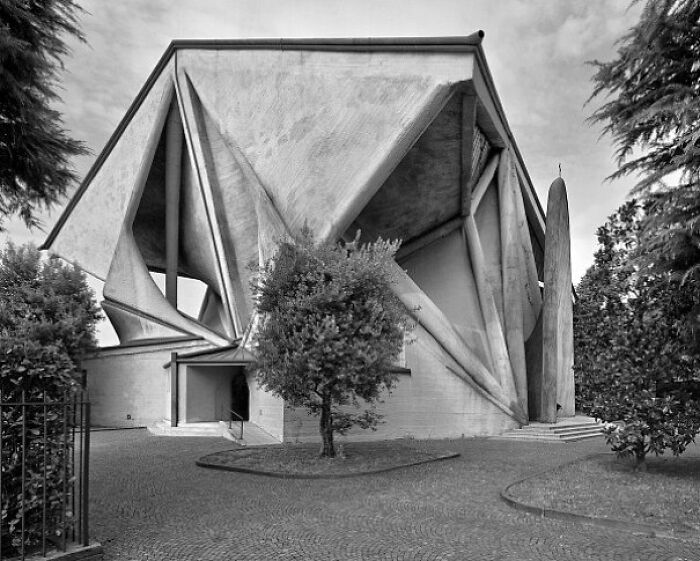
Image credits: OLD ARCHITECTURE
#20 The Track Featured Is A Real Race Track, Built On The Roof Of A Fiat Factory That Opened In Turin's Ligotto District In 1923
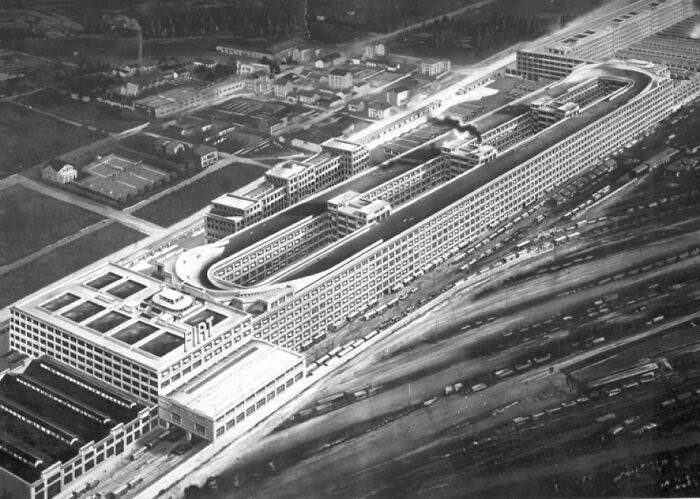
Image credits: OLD ARCHITECTURE
#21 Palacio De Alvorada (1958)
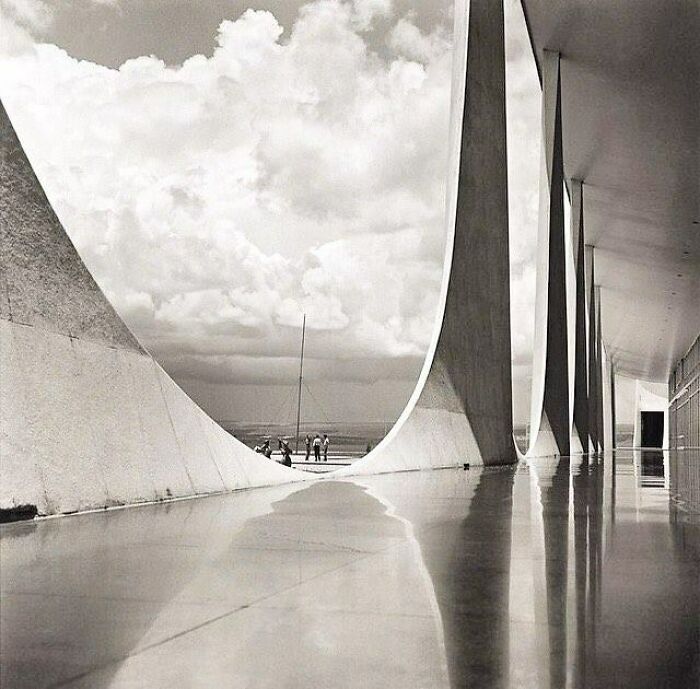
Image credits: OLD ARCHITECTURE
Another trend that emerged in the 20th century was Deconstructivism, or controlled chaos, which “was born in the 1980s as a movement that seeks the fragmentation of buildings, the challenge to straight lines and classic geometric forms,” STACBOND explains. One famous example of this style is the Prague Dancing House, a fascinating building that honestly makes me feel a little seasick just by looking at it. This style experiments with risky forms and presents chaotic-looking buildings within an established order. They also often incorporate innovative materials that architects adapt for their own purposes.
#22 Concert Hall, Takasaki, Japan, 1960s (Antonin Raymond And L.l. Rado)
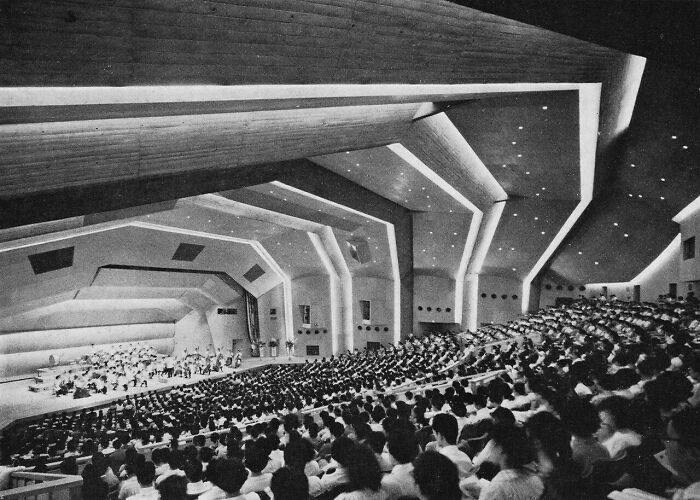
Image credits: OLD ARCHITECTURE
#23 Augustín Hernández Navarro -- Hernández House, Mexico City, 1973, Photographed By Julius Shulman
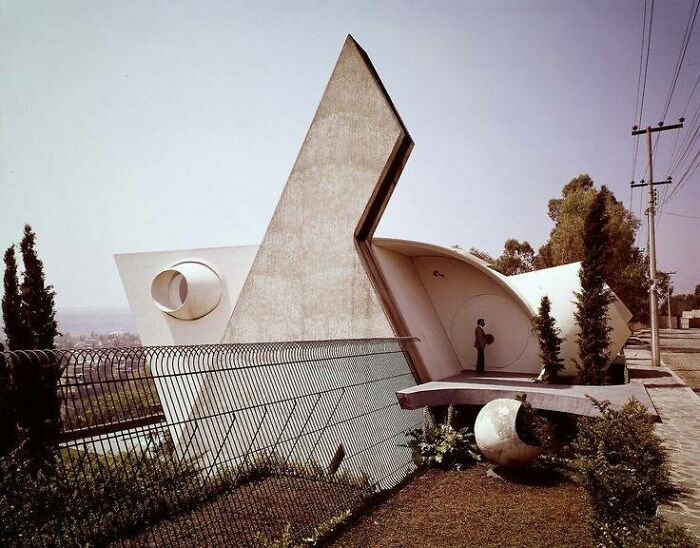
Image credits: OLD ARCHITECTURE
#24 Juan Haro Piñar’s Oliva Service Station, Valencia, 1960
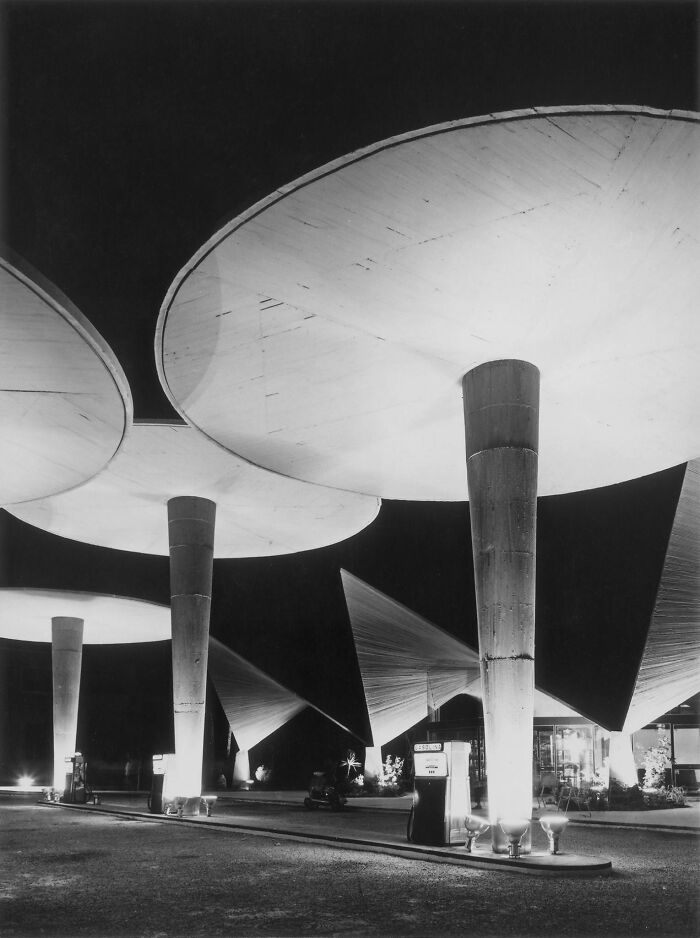
Image credits: OLD ARCHITECTURE
Are these photos making you wish you could go back in time and see these buildings when they were first unveiled? We hope you’re enjoying these stunning pics of 20th century buildings, pandas, and please remember to keep upvoting all of your favorites. Let us know in the comments below if you have any personal favorite 20th century architects or structures, and then if you’re interested in checking out another Bored Panda article featuring captivating photos of brilliant and fascinating architecture, look no further than right here!
#25 Aquila Service Station, Sesto San Giovanni (Mi), Italy, 1949. Architect: Aldo Favini
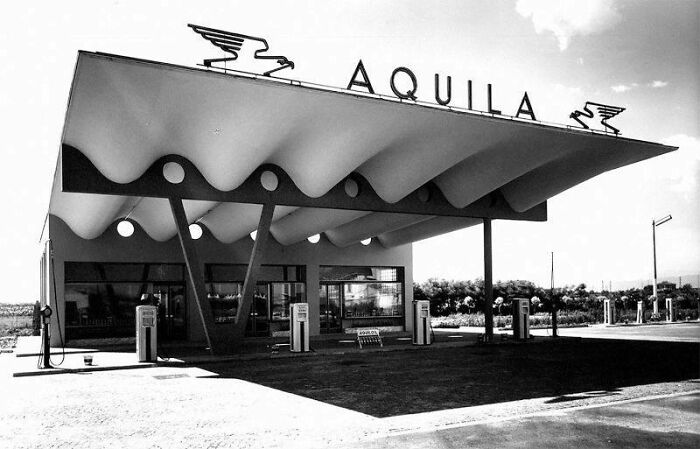
Image credits: OLD ARCHITECTURE
#26 Pavilion Of Australia On Expo 1970 In Osaka, Japan, By James Maccormick
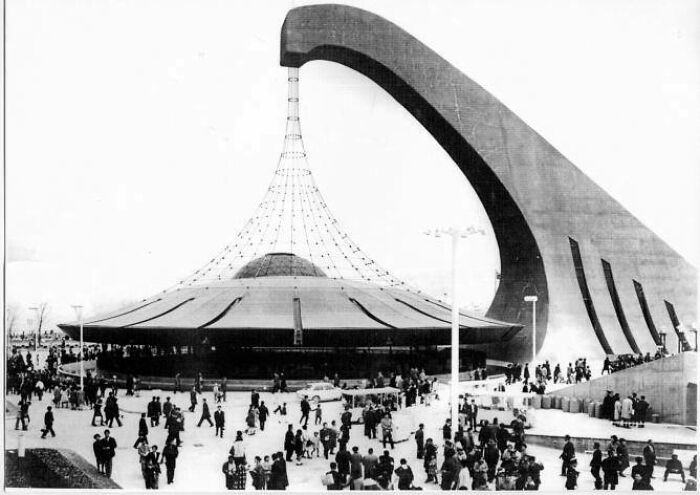
Image credits: OLD ARCHITECTURE
#27 Czecho Slovakian Embassy In London Made By Jan Bocan, Zdenek Rothbauer, Jan Sramek And Karel Stepansky 1965-70
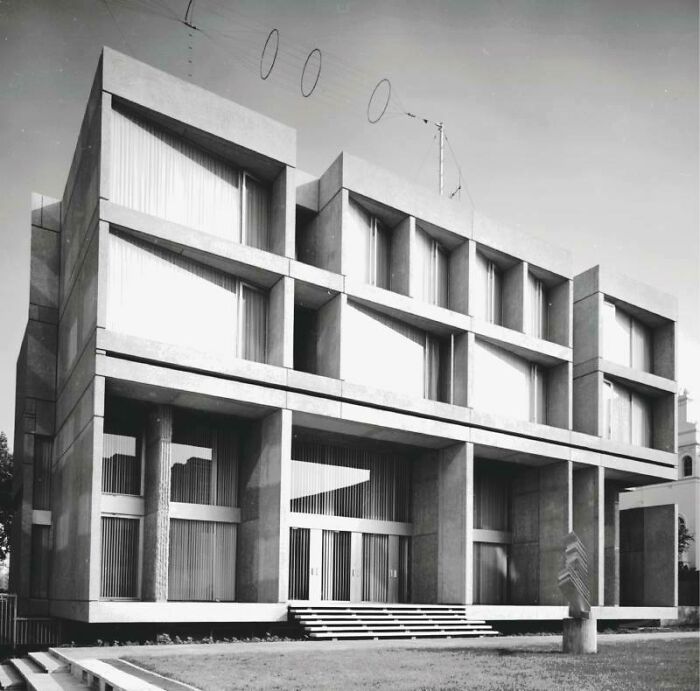
Image credits: OLD ARCHITECTURE
#28 Louis Kahn | Indian Institute Of Management Ahmedabad | Ahmedabad, India
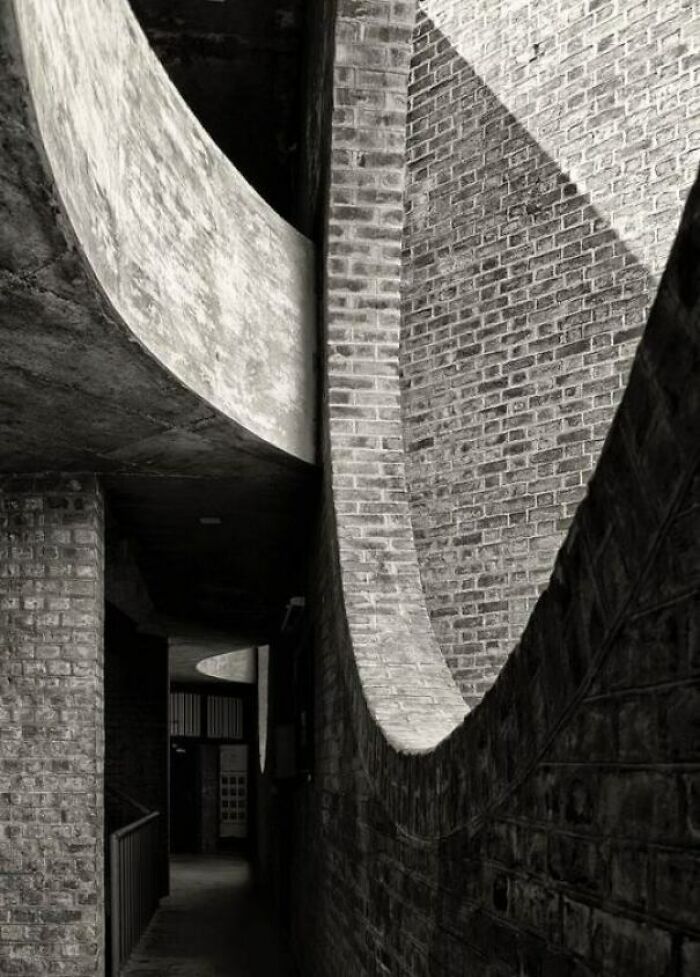
Image credits: OLD ARCHITECTURE
#29 Michail Sinyavsky,barsch Planetarium Entrance, Moscow, Russia,1929
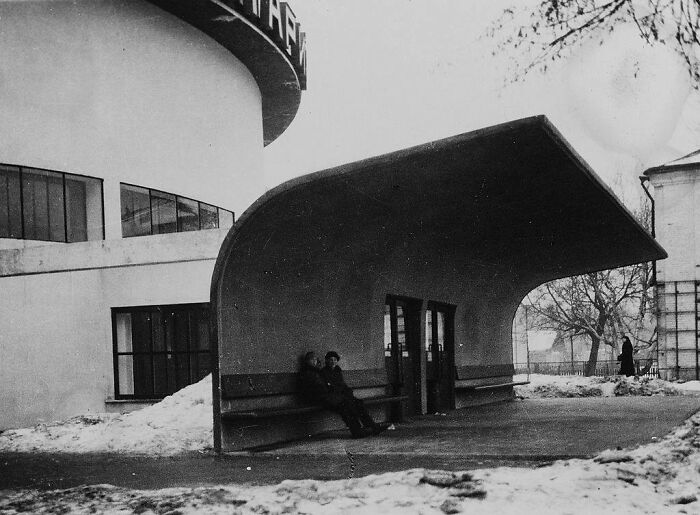
Image credits: OLD ARCHITECTURE
#30 Lina Bo Bardi’s House Of Glass, Sao Paulo, 1951
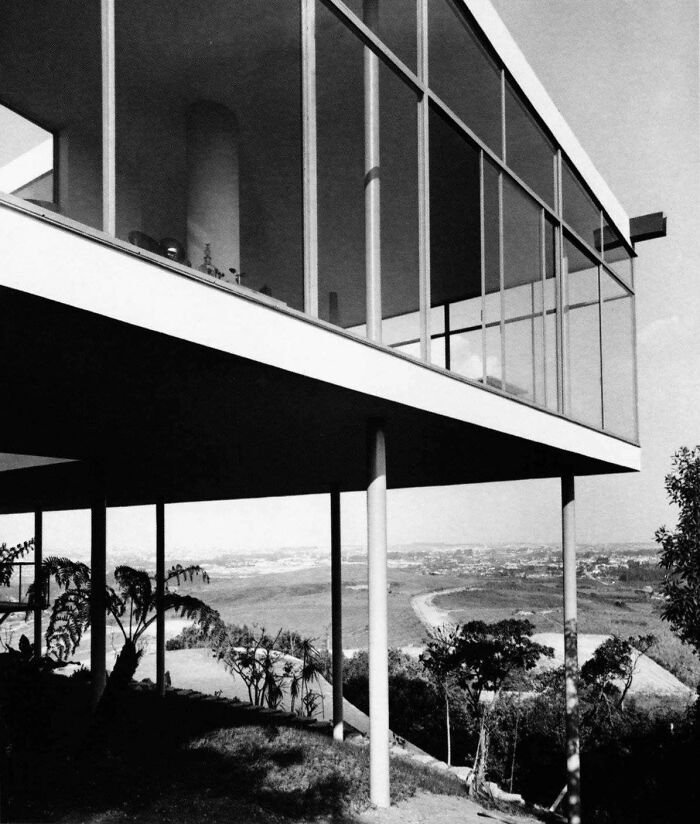
Image credits: OLD ARCHITECTURE
#31 Church Of San Antonio De Las Huertas (St. Anthony Of The Orchards), Tlaxpana, Mexico City 1956
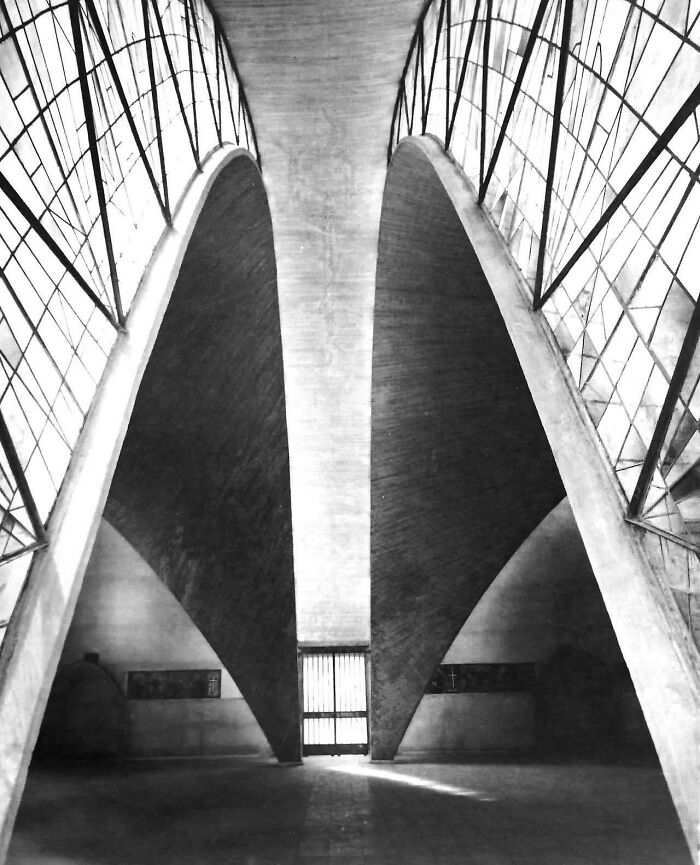
Image credits: OLD ARCHITECTURE
#32 Ibm France Research Center, La Gaude, France Designed By Marcel Breuer & Associates And Built 1958-1962

Image credits: OLD ARCHITECTURE
#33 Multihalle (1975) In Mannheim, Germany, By Carlfried Mutschler, Joachim Langner & Frei Otto
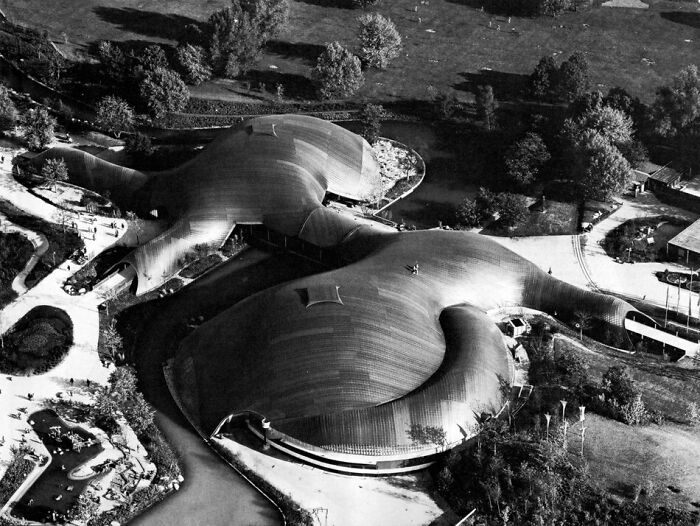
Image credits: OLD ARCHITECTURE
#34 Pedro Ramirez Vázquez… Museo Nacional De Antropologia, Mexico City, 1964
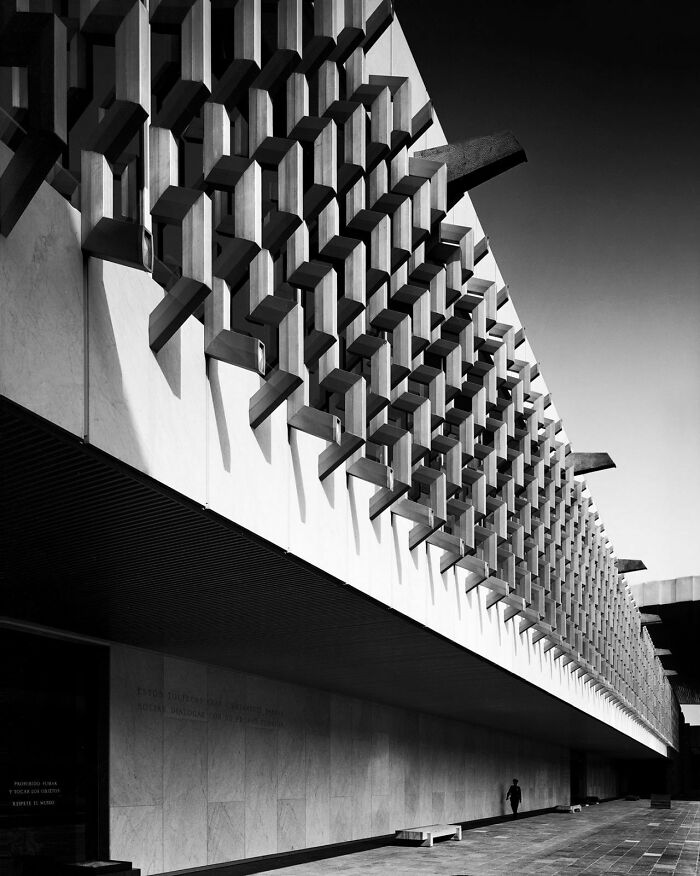
Image credits: OLD ARCHITECTURE
#35 Virkkunen & Co Architects - Haukilahti Water Tower [finland, 1968]

Image credits: OLD ARCHITECTURE
#36 Angelo Mangiarotti, Office Building, Snaidero Industrial Complex, Majano Del Friuli, Udine, Italy, 1978
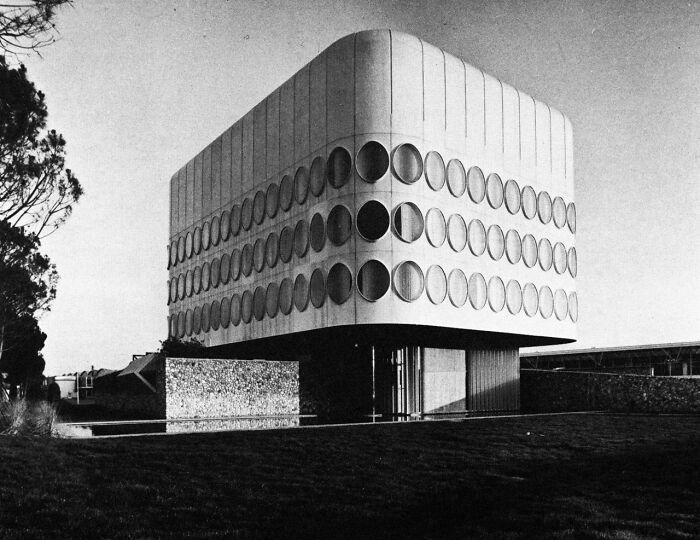
Image credits: OLD ARCHITECTURE
#37 Bauhaus Movement, Germany, 1927
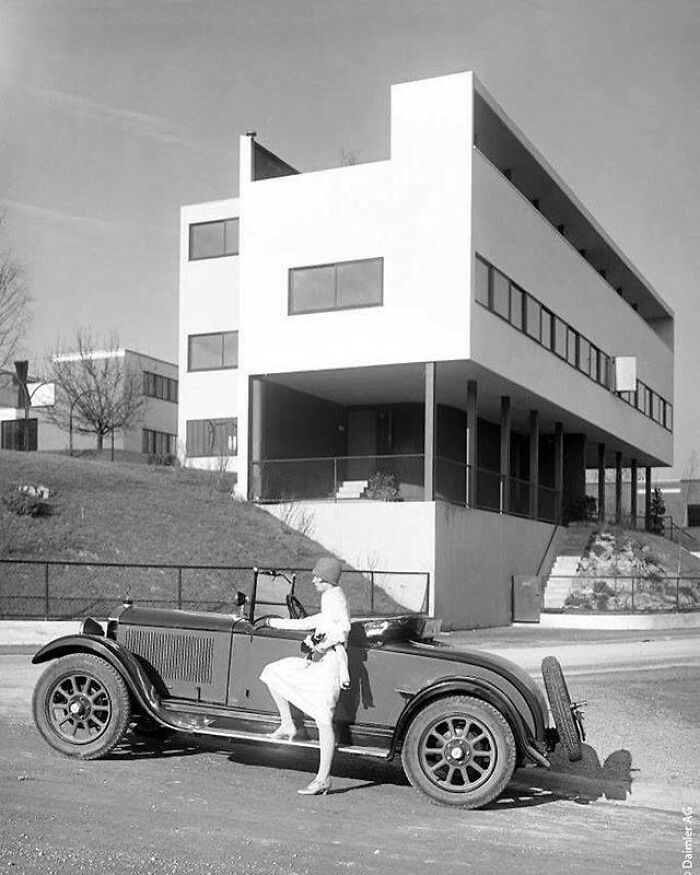
Image credits: OLD ARCHITECTURE
#38 Maison Guiette (1926) In Antwerp, Belgium, By Le Corbusier
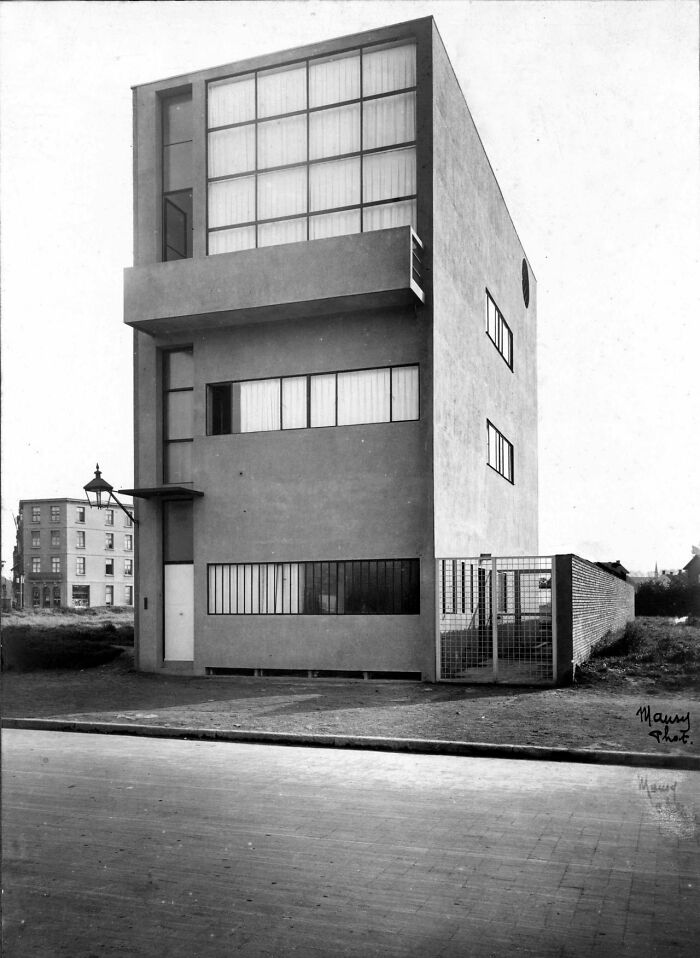
Image credits: OLD ARCHITECTURE
#39 Razilian Embassy In Argentina (Buenos Aires), Built Between 1978-89 By Olavo Redig De Campos And Oswaldo Cintra De Carvalho
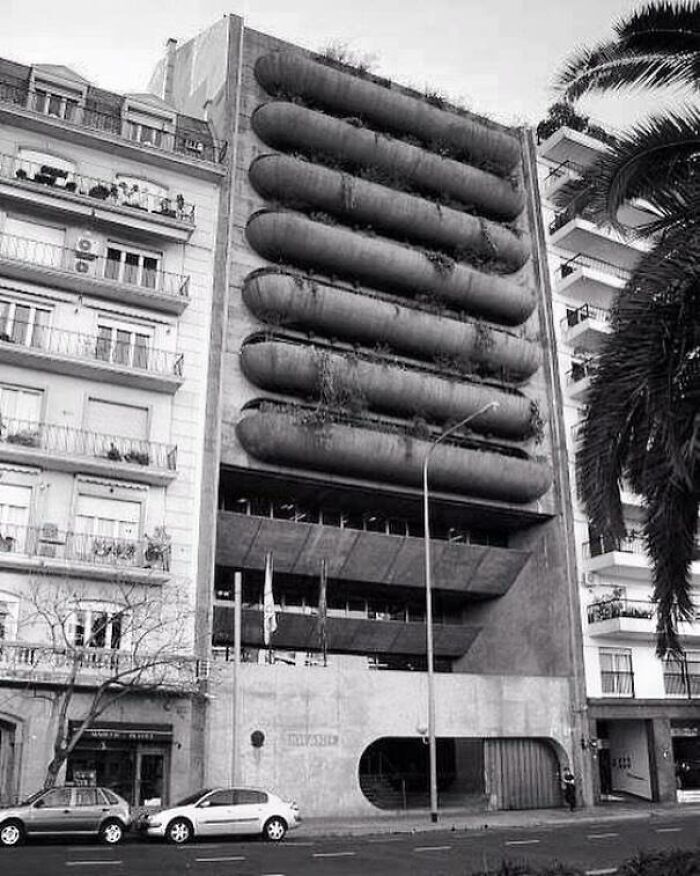
Image credits: OLD ARCHITECTURE
#40 Hiroshima Children’s Library, Kenzo Tange, 1951-53
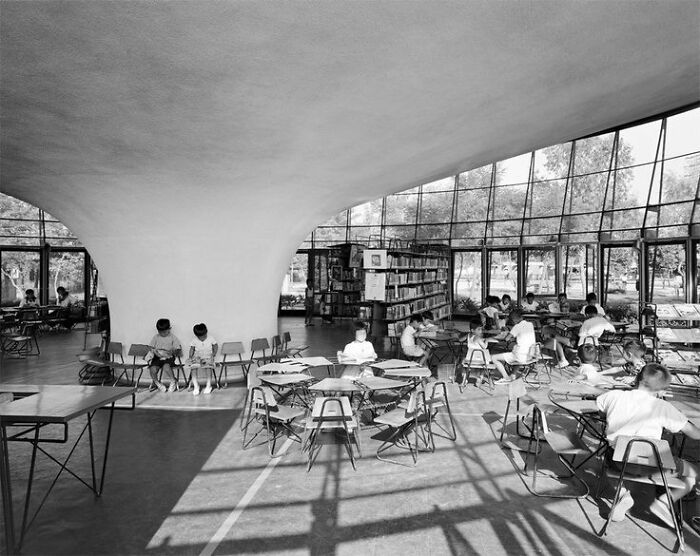
Image credits: OLD ARCHITECTURE
#41 Technical College, Busto Arsizio, Italy, 1963-64
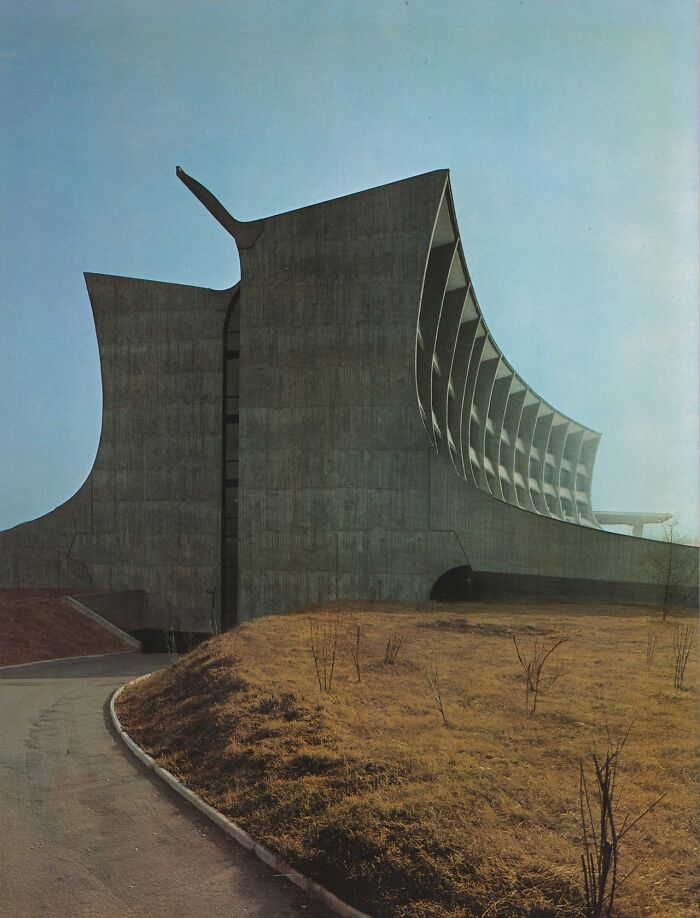
Image credits: OLD ARCHITECTURE
#42 Oklahoma State Capitol Bank - 1962
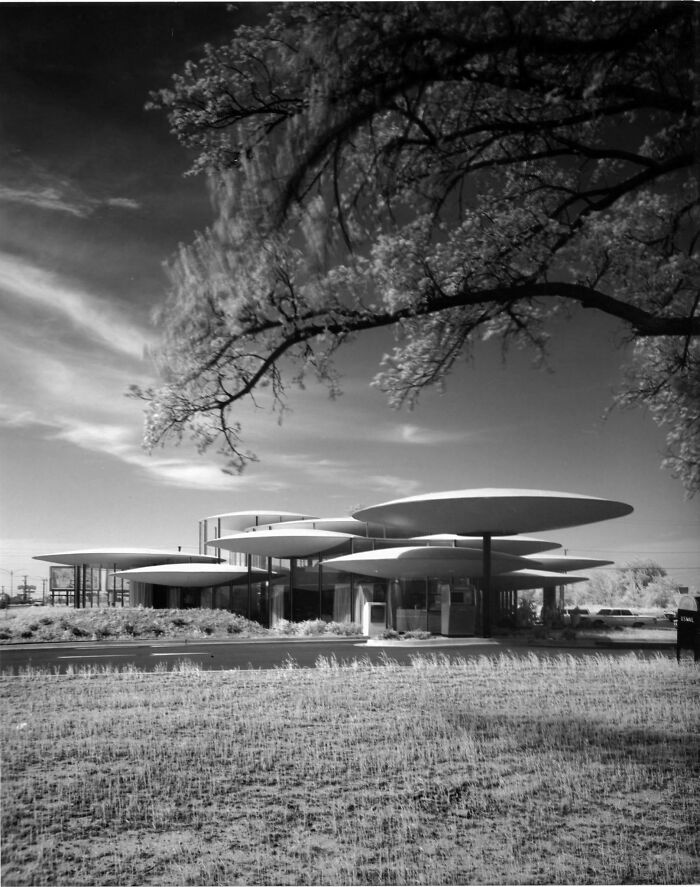
Image credits: OLD ARCHITECTURE
#43 The Boomerang, Office Building For Johnson Wax, 1960, Mijdrecht, Netherlands. Architecture: Huig Aart Maaskant (H.a. Maaskant). Photo: Jan Versnel
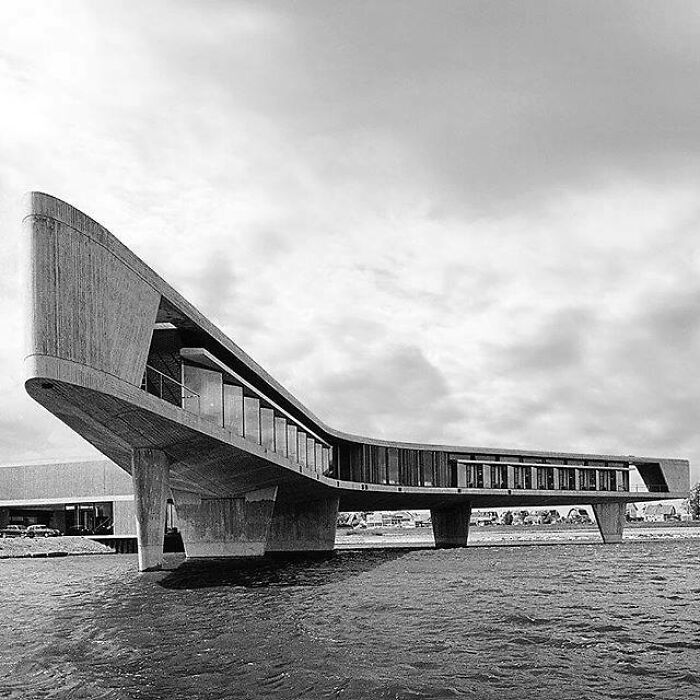
Image credits: OLD ARCHITECTURE
#44 Arango House, John Lautner, Acapulko Mexico, 1973
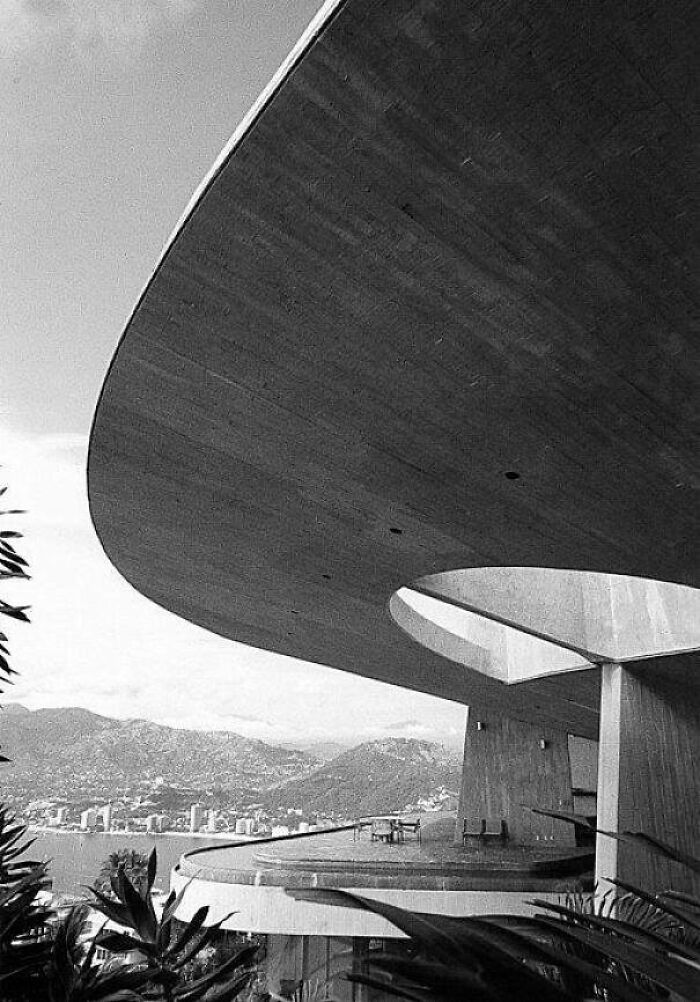
Image credits: OLD ARCHITECTURE
#45 Slovak Architecture 1970
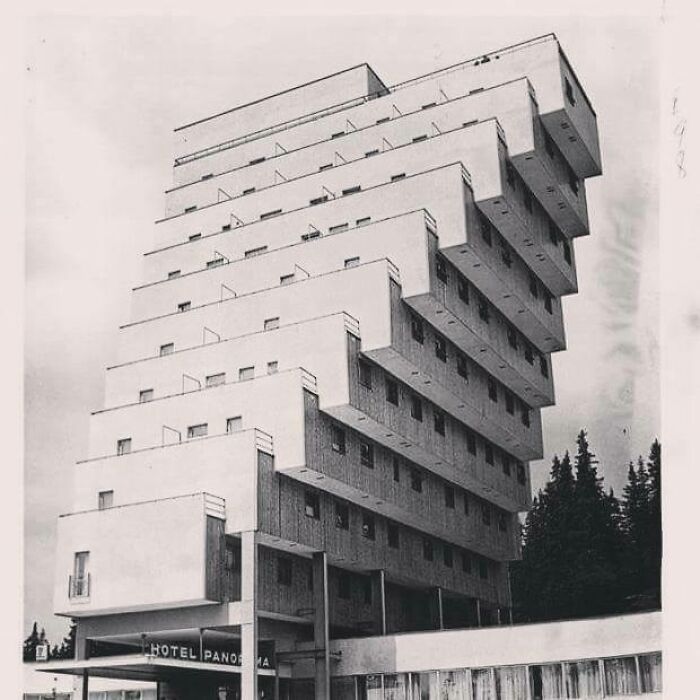
Image credits: OLD ARCHITECTURE
#46 Nordic Pavilion / Venice Biennale / 1958 / Sverre Fehn
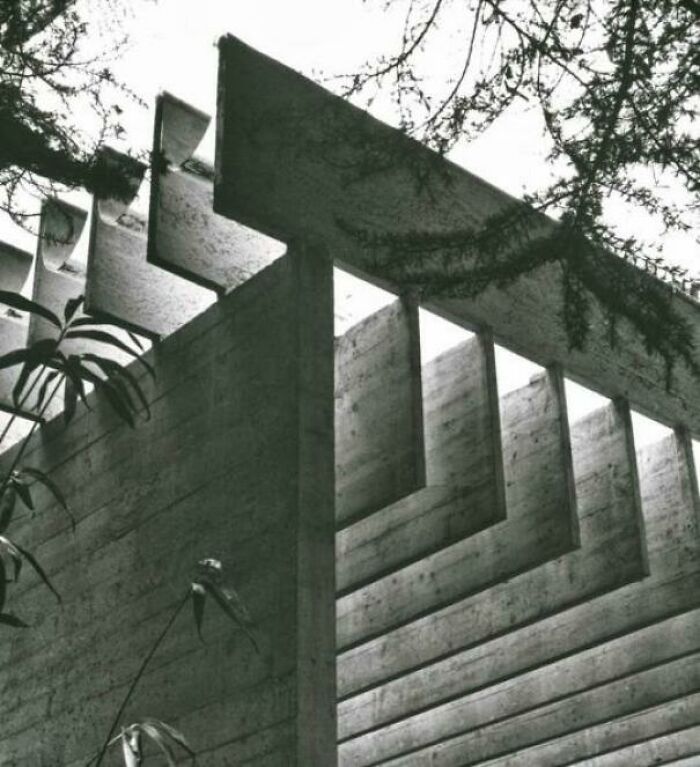
Image credits: OLD ARCHITECTURE
#47 Vladimír Dedeček’s Agricultural University, Nitra, Slovakia
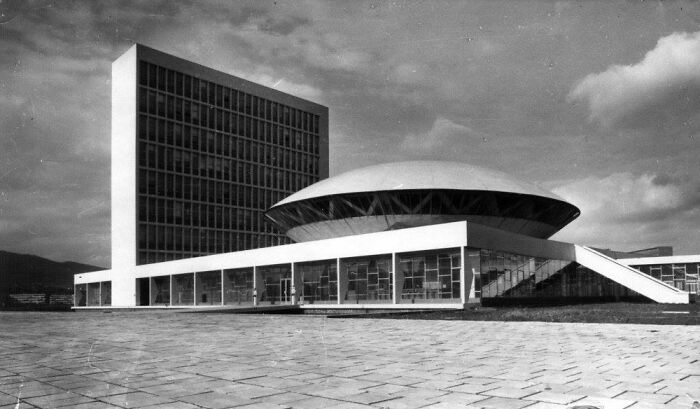
Image credits: OLD ARCHITECTURE
#48 An All Time Brutalism Classic, The Synagogue In The Negev Desert. Zvi Hecker / Alfred Neumann / Naomi Neumann: Synagogue, Negev Desert, Israel, 1967–1969
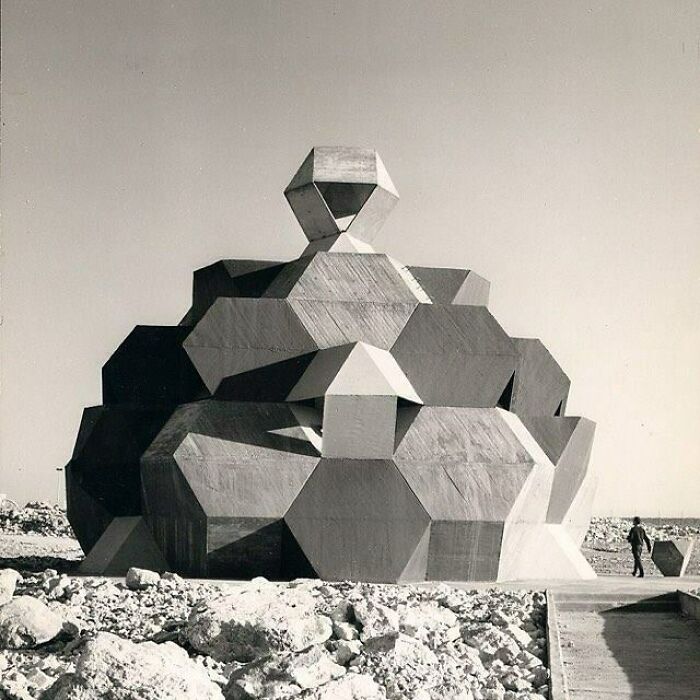
Image credits: OLD ARCHITECTURE
#49 Church “Heilig Geist” (1966) In Emmerich, Germany, By Dieter Georg Baumewerd
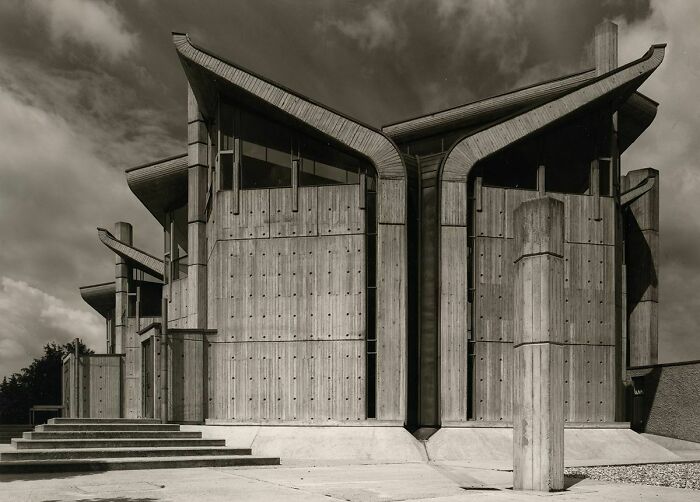
Image credits: OLD ARCHITECTURE
#50 Paul Maymont, Maison ‘Diamant’ (Polyhedral House), 1967
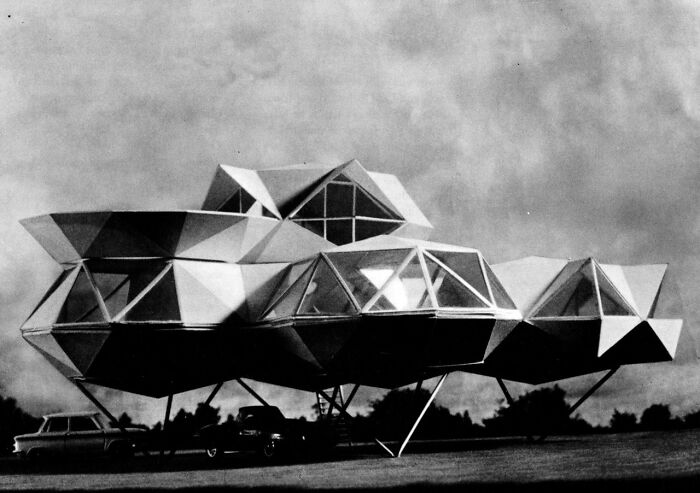
Image credits: OLD ARCHITECTURE
#51 The American Embassy (The Embassy Of The United States Of America) In Ballsbridge, Dublin By America Architect John Johansen 1964
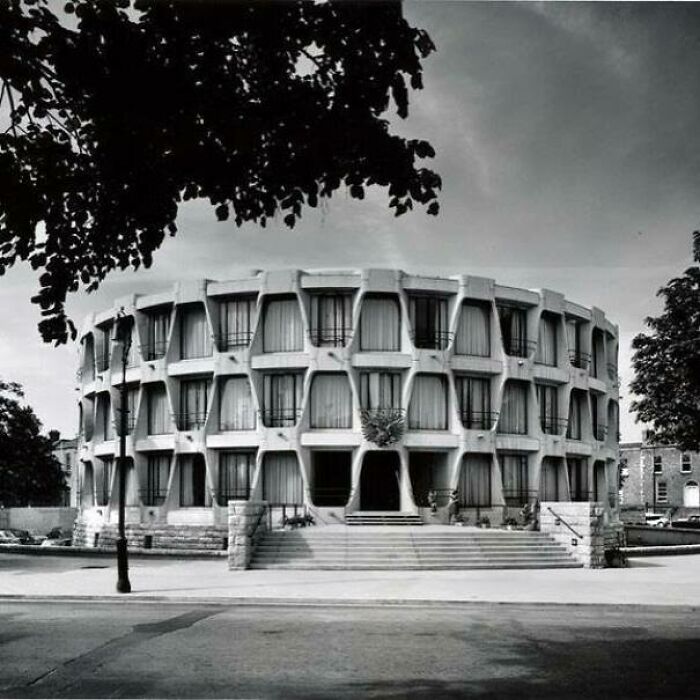
Image credits: OLD ARCHITECTURE
#52 Hôtel Du Lac, Tunis, Tunisia Designed By The Italian Architect Raffaele Contigiani And Built Between 1970-1974
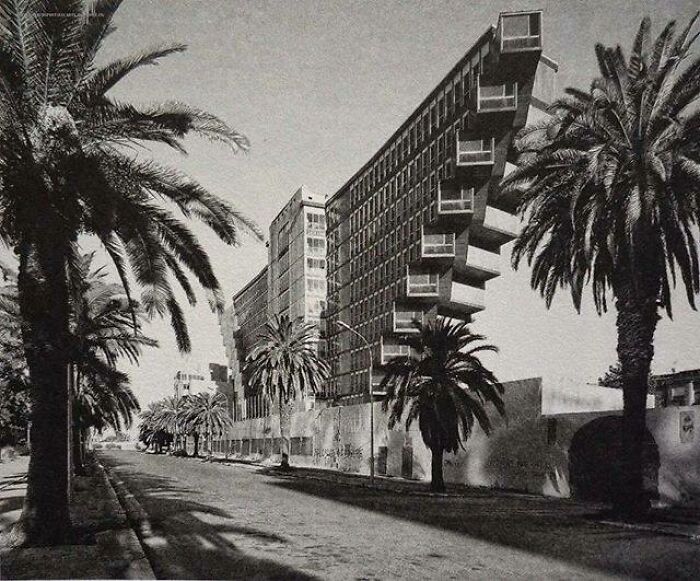
Image credits: OLD ARCHITECTURE
#53 A Beautiful Polygonal Mix Of Brick And Exposed Concrete: Dieter Oesterlen: Christuskirche, Bochum, Germany, 1956–1959
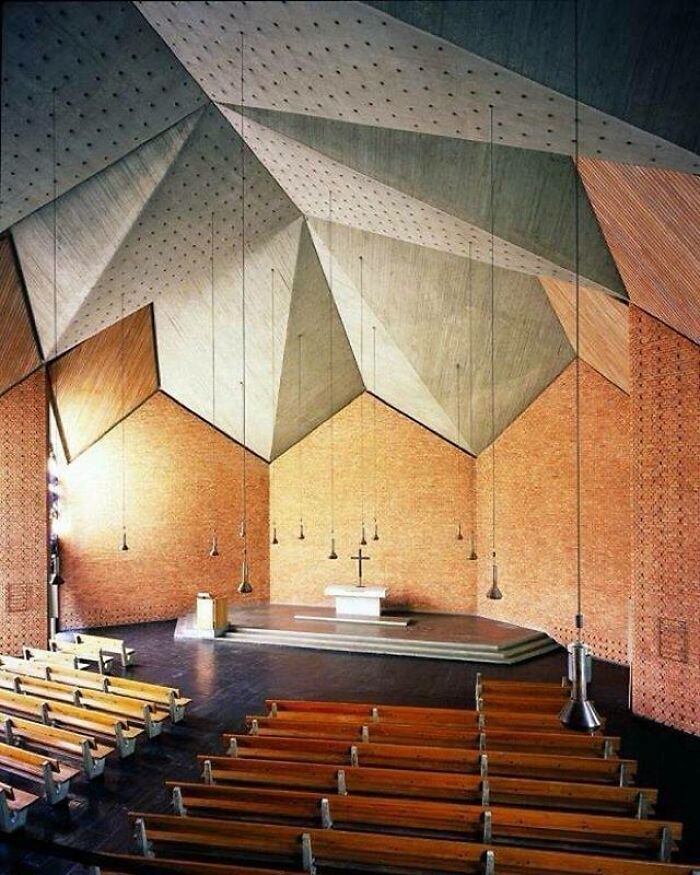
Image credits: OLD ARCHITECTURE
#54 La Casa Del Portuale, Architect: Aldo Rossi, Location/Year: Naples, Italy / 1968-80
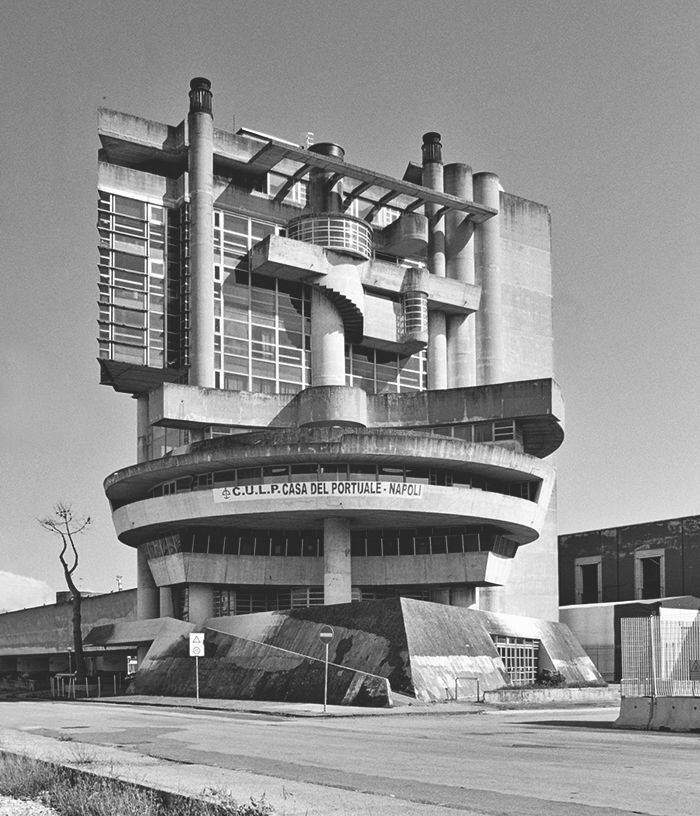
Image credits: OLD ARCHITECTURE
#55 Flaine Ski Resort, Near Chamonix, France, 1960-69 (Marcel Breuer & Associates)
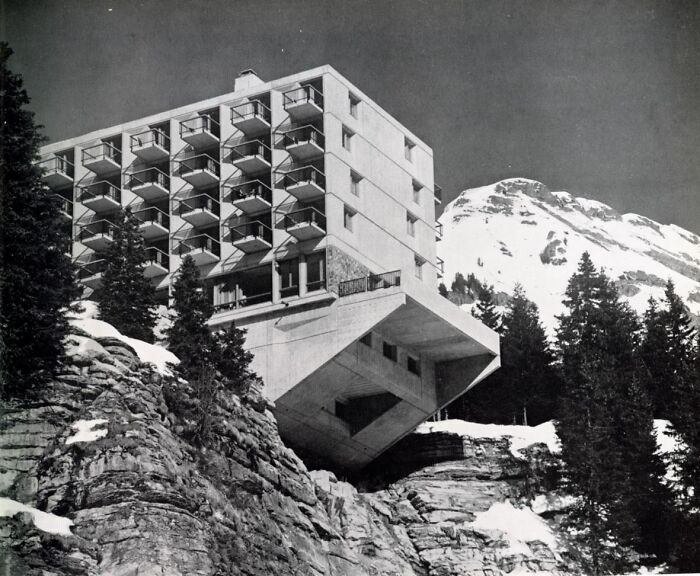
Image credits: OLD ARCHITECTURE
#56 House, Francesco And Teresa Ginoulhiac, Bergamo, Italy
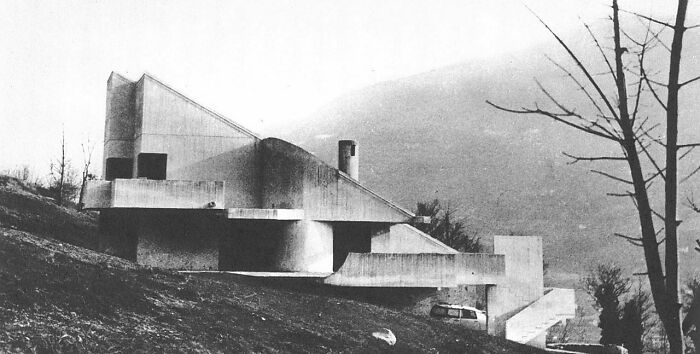
Image credits: OLD ARCHITECTURE
#57 Vladimir Efimovich Tsigal And Belopolskiy, Kananin And Khavin - Malaya Zemlya Memorial, Novorossiysk, Russia, 1982
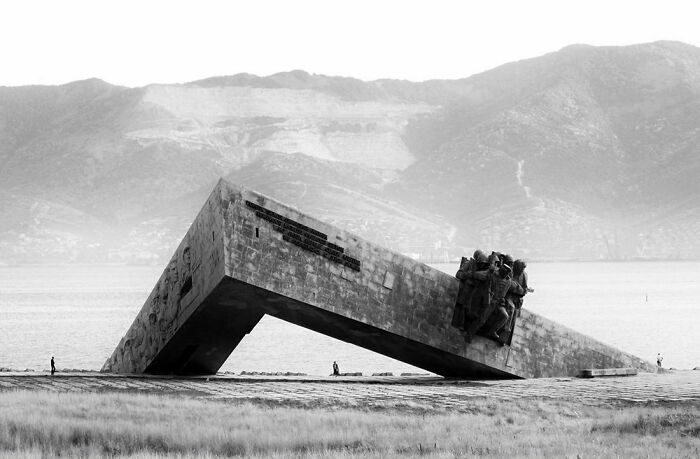
Image credits: OLD ARCHITECTURE
#58 Open-Air Diving Platform, Brazil, 1960's Architect: João Batista Vilanova Artigas
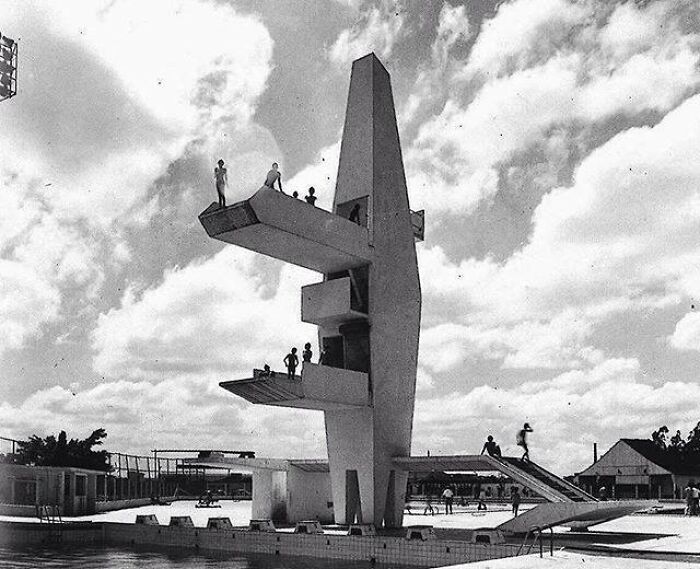
Image credits: OLD ARCHITECTURE
#59 Le Corbusier, The Shodhan House Rear Facade, Ahmedabad, India 1956
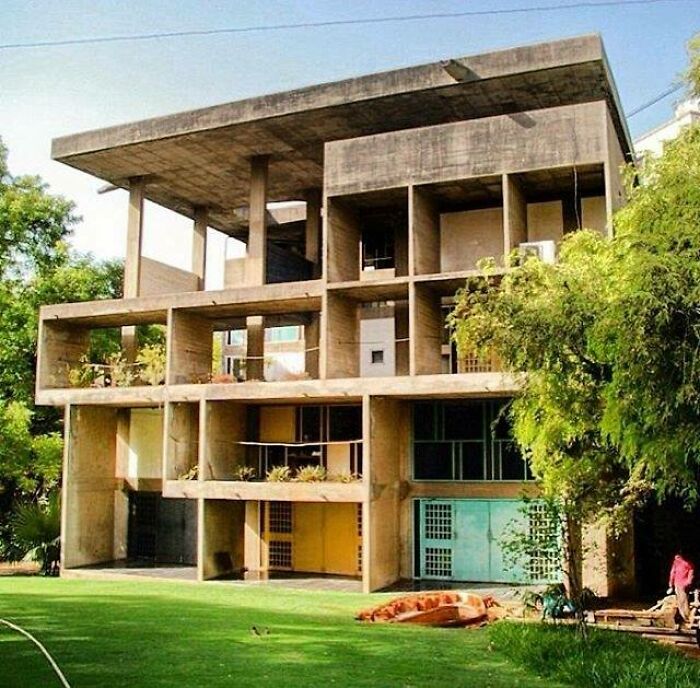
Image credits: OLD ARCHITECTURE
from Bored Panda https://ift.tt/bo7lvsC
via Boredpanda